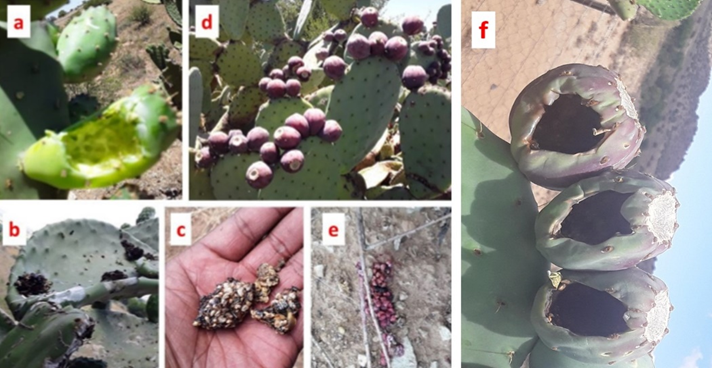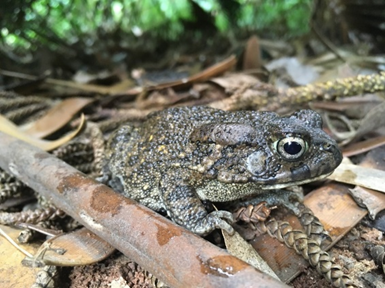Scavenger crows spread seeds of invasive prickly pear cacti
The consumption of alien fruits by birds and dispersal of ingested seeds increase the invasion risk of two cacti species in arid areas of South Africa.

The consumption of alien fruits by birds and dispersal of ingested seeds increase the invasion risk of two cacti species in arid areas of South Africa.
Understanding and managing biological invasions requires a whole range of different skills, but often scientists and managers can feel that they are working in isolation. This is where communities of practice have been found to be useful in closing the gap between invasive species researchers and practitioners.

Researchers from the DSI/NRF Centre for Invasion Biology at Stellenbosch University have found that, scarcely a hundred years after Guttural Toads were introduced to the islands of Mauritius and Réunion, their overall body size has been reduced by up to a third compared to their counterparts in South Africa.
Researchers at the Centre for Invasion Biology (C·I·B) at Stellenbosch University, found that the introduction histories of the globally important invasive tree Silver wattle (Acacia dealbata) are complex and cannot be generalized.
The brown rat (Rattus norvegicus) and the house mouse (Mus musculus) are some of the world’s worst invasive rodent species. They are known to spread zoonotic diseases, damage crops and household items, outcompete native species for food, and prey on some bird species.